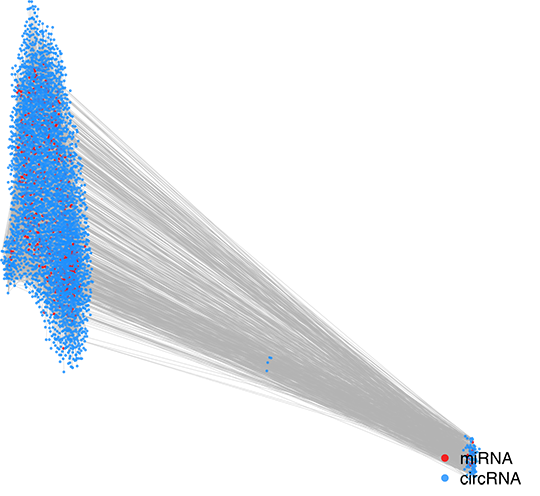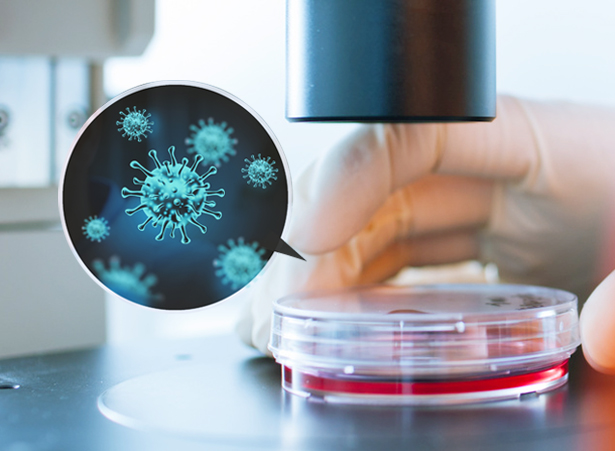概要

Circular RNA (circRNA) molecules are a novel type of non-coding transcripts that is equipped with covalently cloesed loop lacking 5’end caps and 3’ poly(A) tails. The stable structure of transcripts enable the circular The stable structure enables the circular transcripts resistant to the exonuclease digestion and provides mechanism for library construction with linear transcripts digested by RNase R. Novogene circRNA sequencing service (circRNA-seq) supports investigation on miRNA sponges and fulfills the regulatory function in gene expression.
Service SpecificationsApplications
- Expression Quantification of circRNA transcripts;
- Cellular function verification and animal mode test, such as cell proliferation and apoptosis;
- Function Verification, such as gene knockout, over-expression of circRNA genes;
- Competing endogenous RNA (ceRNA) investigation
Advantages
- Extensive experience with numerical samples being successfully sequenced.
- Unsurpassed data quality with a guaranteed Q30 score ≥ 80% that exceeds Illumina’s official benchmarks.
- Comprehensive analysis using mainstream software and mature in-house pipeline to meet multiple bioinformatic requests.
Sample Requirements
| Library Type | Sample Type | Amount | RNA Integrity Number (Agilent 2100) |
Purity (NanoDrop) |
| circRNA Library | Total RNA | ≥ 5 μg | Animal ≥ 7, Plant ≥ 6.5, with smooth baseline | OD260/280 = 1.8-2.2; OD260/230 ≥ 1.8; |
| lncRNA Library | Total RNA | ≥ 2 μg | Animal ≥ 6.5, Plant ≥ 6, with smooth baseline |
Sequencing Parameters and Analysis Contents
| Platform Type | Illumina Novaseq 6000 |
| Read Length | Paired-end 150 |
| Recommended Sequencing Depth | ≥40 million read pair per sample |
| Standard Data Analysis | Data Quality Control |
| circRNA Identification | |
| Transcript Expression Quantification & Differential Expression Analysis | |
| Functional Enrichment Analysis | |
| CircRNA Target Gene Prediction |
注:詳細については、サービス仕様をご参照ください。カスタマイズされたリクエストについては、お問い合わせください。
Project Workflow
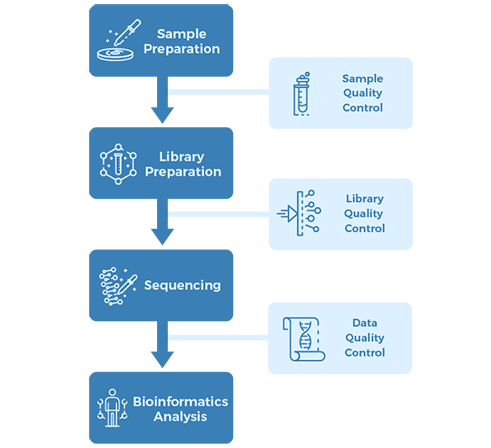
Sampling:
total RNA extracted from the brain of senescence-accelerated mouse prone 8 (SAMP8) at the 7-month-old stage
Sequencing Strategy:
1. NEBNext® Multiplex Small RNA Library Prep Set for Illumina®, sequenced on an Illumina Hiseq 2500/2000 platform and 50bp single-end reads;
2. NEBNext® Ultra™ Directional RNA Library Prep Kit for Illumina®, treated with RNase R, sequenced on an Illumina Hiseq 2500 platform and 125bp paired-end reads.
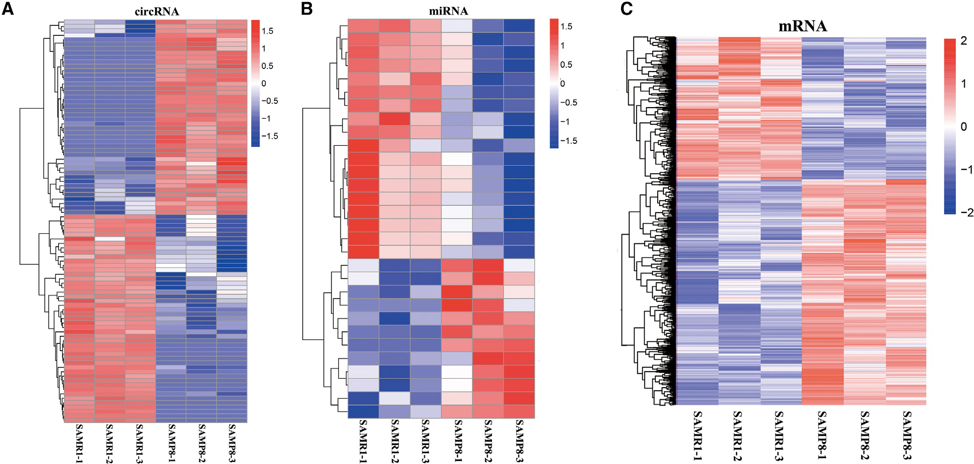

Conclusion:
This research is the first to provide a systematic dissection of circRNA-associated-ceRNA profiling in SAMP8 mouse brain. The selected circRNA-associated-ceRNA networks can be potential biomarkers or therapeutic targets in AD and profoundly affect the clinical diagnosis, therapy, and prevention of AD in the future.
Circular RNA expression profiles and bioinformatics analysis inovarian endometriosis
Background:
Circular RNAs (circRNAs) with miRNA response elements (MREs) could function as competing endogenous RNA (ceRNA) in regulating gene expression, thus playing vital roles in pathogenesis and progression of many diseases. However, the function of circRNAs in endometriosis remains unknown. This study was carried to profile the expression patterns of circRNAs in ovarian endometriosis.
Sampling:
total RNA extracted from six paired ectopic and eutopic endometrium tissues (ecEM vs. euEM)
Sequencing Strategy:
NEBNext® Ultra™ Directional RNA Library Prep Kit for Illumina®, sequenced on an Illumina Hiseq 4000 platform and 150 bp paired‐end reads.
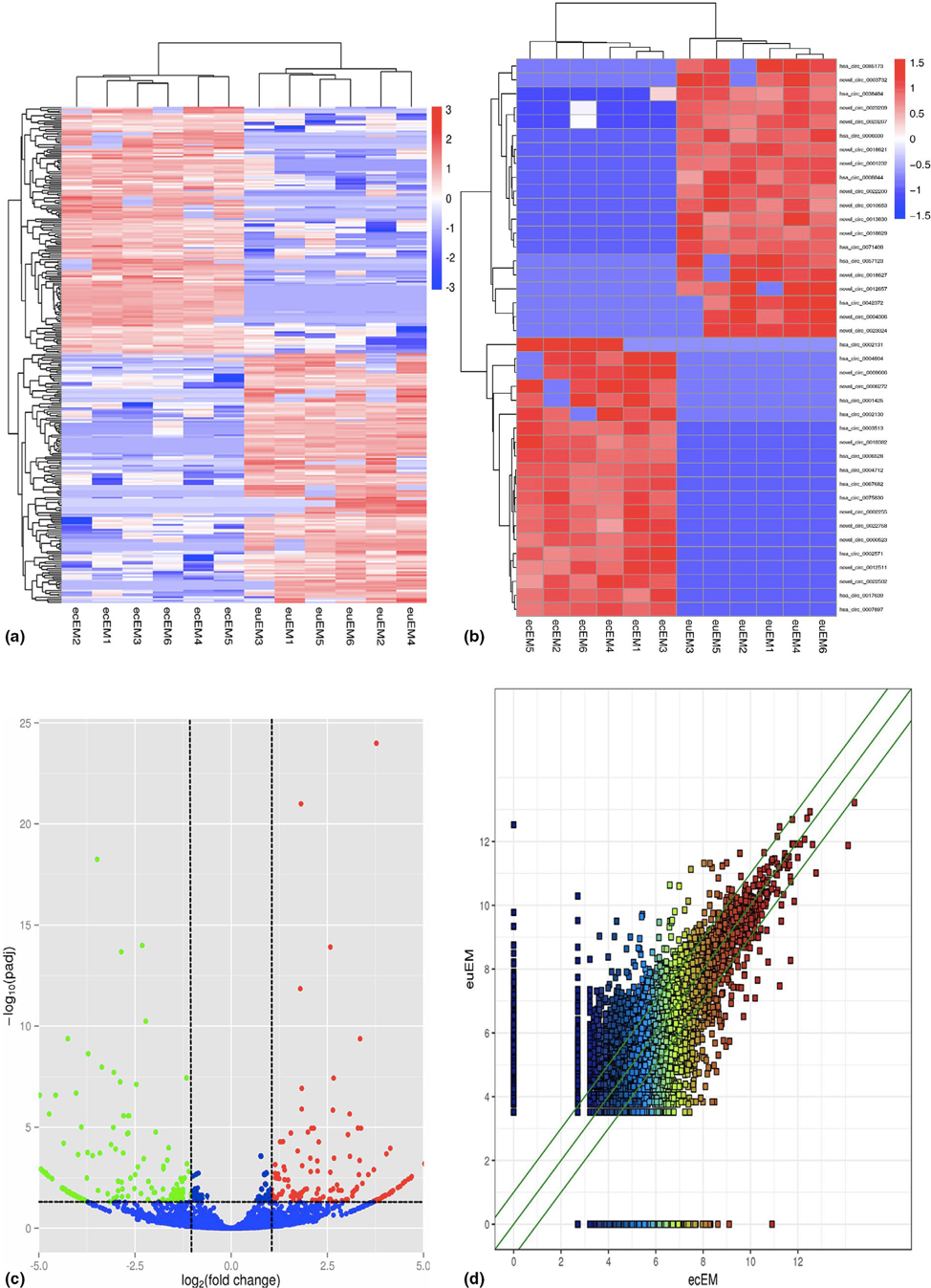
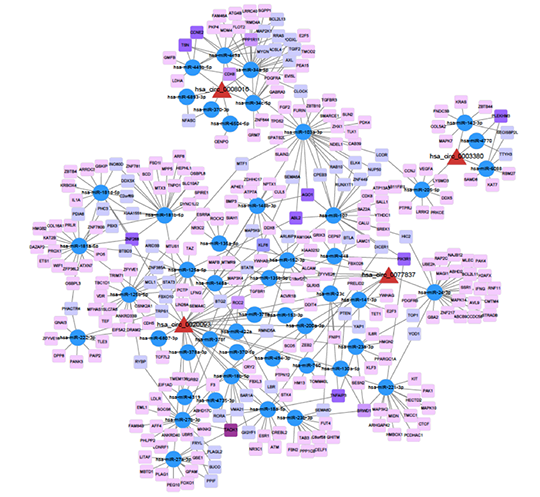
Conclusion:
This study revealed that the circRNA expression profiles in ovarian endometriosis and differentially expressed circRNAs were obtained between paired ecEM and euEM. The ceRNA network and functional analysis of potential target genes highlighted the relationship between dysregulated circRNAs and ovarian endometriosis, which might be candidate factors for pathogenesis of this disease and be considered as promising therapeutic targets in the future.
High throughput circRNA sequencing analysis reveals novel insights into the mechanism of nitidine chloride against hepatocellular carcinoma
Background:
Liver cancer is the fourth leading cause of cancer associated deaths globally, of which the most common histological type is hepatocellular carcinoma (HCC). Nitidine chloride (NC) has been demonstrated to have an anticancer effect in HCC. However, the mechanism of action of NC against HCC remains largely unclear.
Sampling:
Total RNA extracted from three pairs of NC-treated and NC-untreated HCC xenograft tumor tissues.
Sequencing Strategy:
NEBNext® Ultra™ Directional RNA Library Prep Kit, sequenced on the HiSeq2000 platform by using 150 bp paired-end reads.


Conclusion:
In this study, we identified two circRNAs that could be potential therapeutic targets of NC in HCC and revealed the potential mode of action of the circRNA-miRNAmRNA network in HCC. Eighteen hubgenes associated with clinical outcomes of HCC patients were then identified. The findings, for the first time, provide novel insights into the potential of circRNAs as therapeutic targets of NC against HCC.
Length Distribution of circRNA
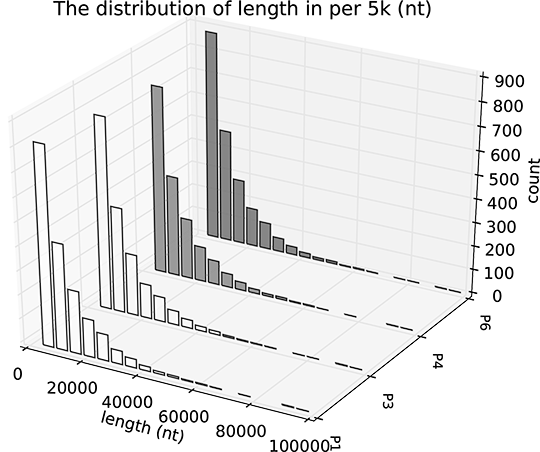
Quantification
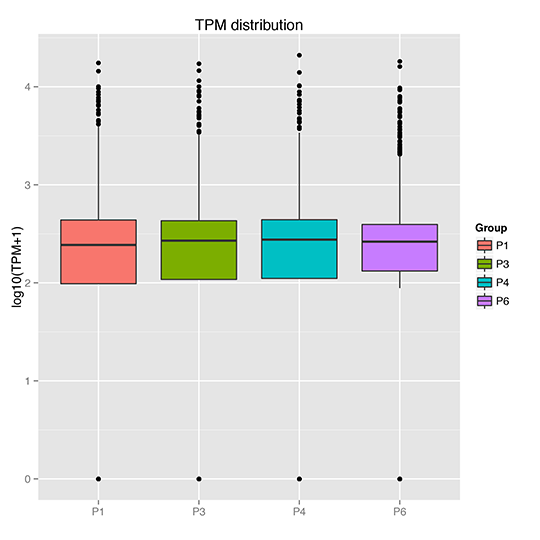
Differential Expression
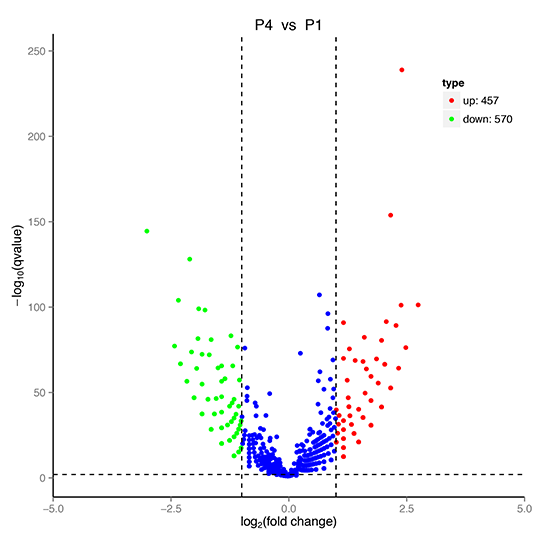
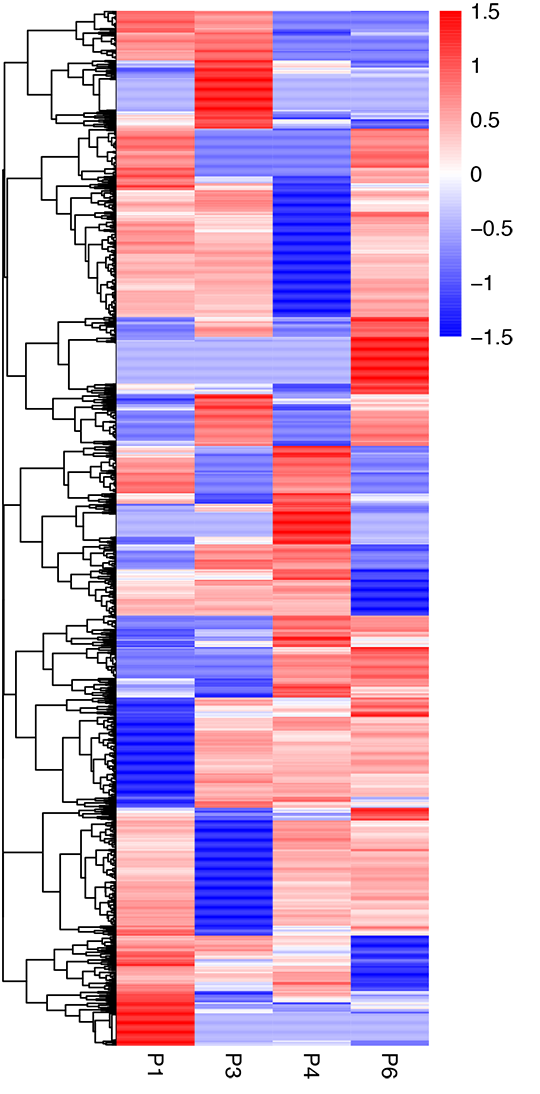
GO Enrichment

KEGG Enrichment

miRNA_Binding_Site
